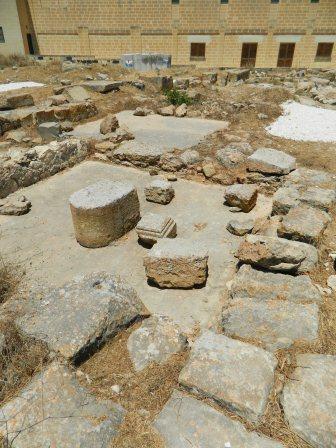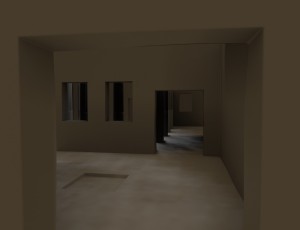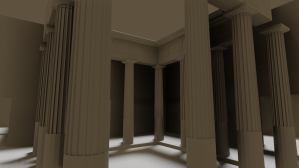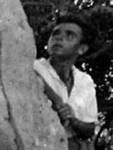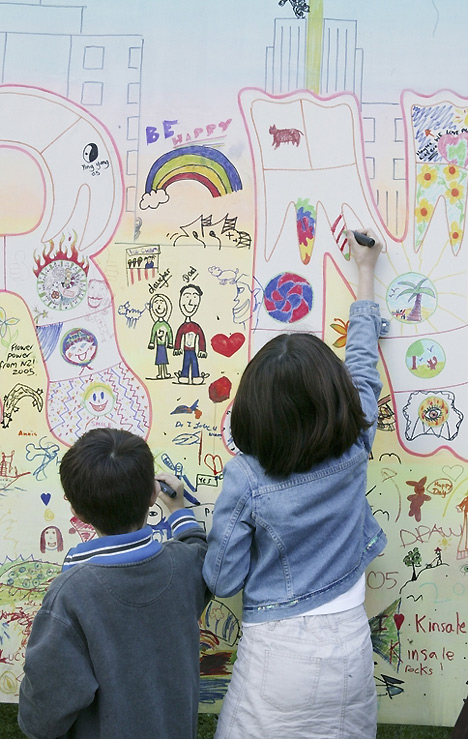Following the completion of the restoration of St Gregory’s painting at the Old Parish of St Catherine, Żejtun funded through the LEADER Program lead by the Gal Xlokk Foundation, Wirt iż-Żejtun is making considerable progress on the second project which is also funded through the LEADER Program but under a different measure, Measure 3 – Promotion of the Cultural Heritage.
This project focuses on the Żejtun Roman Villa which was discovered in the 1960s during the construction works of the Government School at Triq Luqa Briffa. This project is divided into two main deliverables. The first involves a 3D Digital Reconstruction of the villa and the second involves the production of an animation aimed at explaining the olive oil production on the villa site during the Roman times. Both deliverables are aimed at presenting an interesting interpretation of this important archaeological site to the general public.
The project is being lead by Wirt iż-Żejtun, however it would not have materialised if not with the full participation of the Department of Classics and Archaeology from the University of Malta; namely through the direct involvement of Dr Ing. John Betts, the Head of Department; Prof Nicholas Vella and Dr Maxine Anastasi. These academics together with Profs Anthony Bonanno and others, have lead their students in annual field studies on the villa which started way back in 2006. It was only through these archaeological investigations, subsequent academic studies and the useful ACAD drawings done by Dario Nigro that the generation of the 3D digital model of the villa was possible.
Heritage Malta is also collaborating and assisting in this project through the useful guidance being given by David Cardona, Senior Curator of Phoenician, Roman and Medieval Sites.
The generation and production of the 3D Digital Reconstruction of the villa is being done by SHADEENA Productions, lead by Martin Bonnici, while the 2D Animation is being produced by STUDIO 7, lead by Manuel Ciantar.
During the past weeks, significant progress on both deliverables has been made. The main shell of the 3D model has already been developed following a number of meetings and useful discussions within the team with the designer. It is now at its next stage, the detailing and rendering phase.
One should appreciate that the model of the villa had to be built from the archeological findings which lead to the identification of some of the foundations walls of the villa in which at some very minor parts, were found just one course above floor level. Here the interpretation of the archaeologists was of utmost importance.
Our aim is to present a 3D model which is as faithful as possible to what has been found, however some interpretation of construction details from other similar sites in the Mediterranean region, is inevitable. The team has also decided that the interior of the domestic area of the villa will not be furnished, since no archaeological evidence was discovered which could shed light on the kind of furniture which the villa had. However the industrial part will be portraying the equipment which was used in olive oil production, as there is sufficient archaeological evidence on which this area can be reconstructed. The images of the model which we are showing are work in progress and thus they are not final.
The 2D Animation is also developing nicely. The script has been concluded during the past week and now the producers are working on the storyboard. Again here we are trying to be as faithful as possible to the true facts. It has thus been decided that the environmental setup of the animation will be based on the production of the 3D Digital Reconstruction. This would also lead to a coherent interpretation.
We will be updating you further on this project in the coming weeks.

